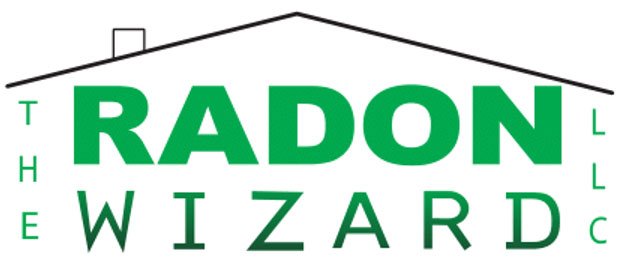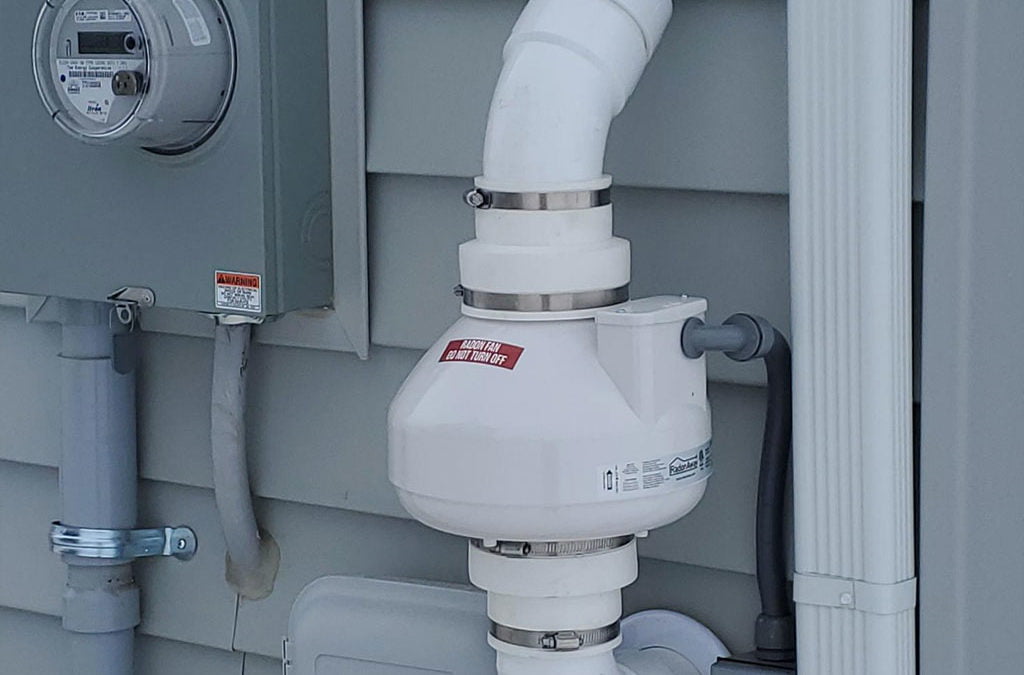Radon is an odorless, tasteless, invisible, radioactive gas that is formed from the natural breakdown of uranium in soil, rocks, and water. Exposure to high levels of radon gas can be dangerous to health due to being linked to lung cancer. At this point, I am sure you have heard of radon mitigation. So, the question then comes down to do Radon mitigation systems really work? The good news is with proper mitigation techniques in place, radon levels can be significantly reduced, but the result can vary depending on what technique is utilized in the mitigation system.
Most experts agree that using a radon mitigation system will reduce the levels of radon gas in a home or business. In fact, many state and local governments have passed laws requiring all new construction projects to include a Passive Radon Mitigation System as part of their building plans. Is this enough though? What about existing buildings and homes? It’s important to carefully consider which type of system is most suitable for your particular property.
The first step in choosing an appropriate solution for mitigating radon is to understand how the gas may be potentially entering your home or business as well as how your structure may react to each radon mitigation system technique. Additional factors such as age, location, and building material utilized in the construction of your structure need to be considered as well.
For example, if the source of the radon is coming through the foundation walls or slab, then an Active Soil Depressurization (ASD) system should be considered as this type of mitigation technique works by drawing air out from beneath the slab and/or foundation wall. This helps reduce any pressure that may be pushing radon gas into your living spaces from outside sources.
If the location of your structure is known to have high levels of radon in your water source, then this may become imperative for your consideration. In this case, an Aeration system is added to the water supply to allow the water to off gas higher levels of radon before it enters and is utilized within your structure.
If you are still in the construction phase of your structure, then adding a Passive Radon Mitigation System should be considered. This can be done at a minimal cost and if installed properly can be turned in to an ASD system down the road if needed. The initial installation is going to be dependent on a natural stack effect of your structure and is designed to reduce indoor radon concentrations without relying on mechanical fans or pumps, but instead allow the natural pressure created to vent through the piping and exhaust above the roof rather than freely in the lower level of the structure.
In some cases, the structure may not allow for an effective ASD to be installed. In this case, an Energy Recovery Ventilator (ERV) may need to be installed. This type of system will allow for a minimal cosmetic change to the exterior of the structure, while also allowing for a lowered radon concentration within the structure by way of dilution. These systems are not as effective as ASD systems in most cases. These systems can have a much higher cost associated with them, but can sometimes be the only type of system that can be utilized.
No matter which type of mitigation system you choose, radon mitigation can most certainly work in lowering your exposure to this dangerous gas. It’s important that you always have your home tested before and after installation so you know what kind of improvement (if any) has taken place and whether additional measures should be taken if necessary. Simple DIY radon testing kits can be purchased at most hardware stores or online, but if you prefer, you could also hire a trained professional such as The Radon Wizard who specializes in determining your indoor radon gas exposure.
Without doubt, a properly installed and functioning radon mitigation system will help significantly reduce levels within your property. So yes, mitigation systems do work, but only if the correct method is chosen and installed.

